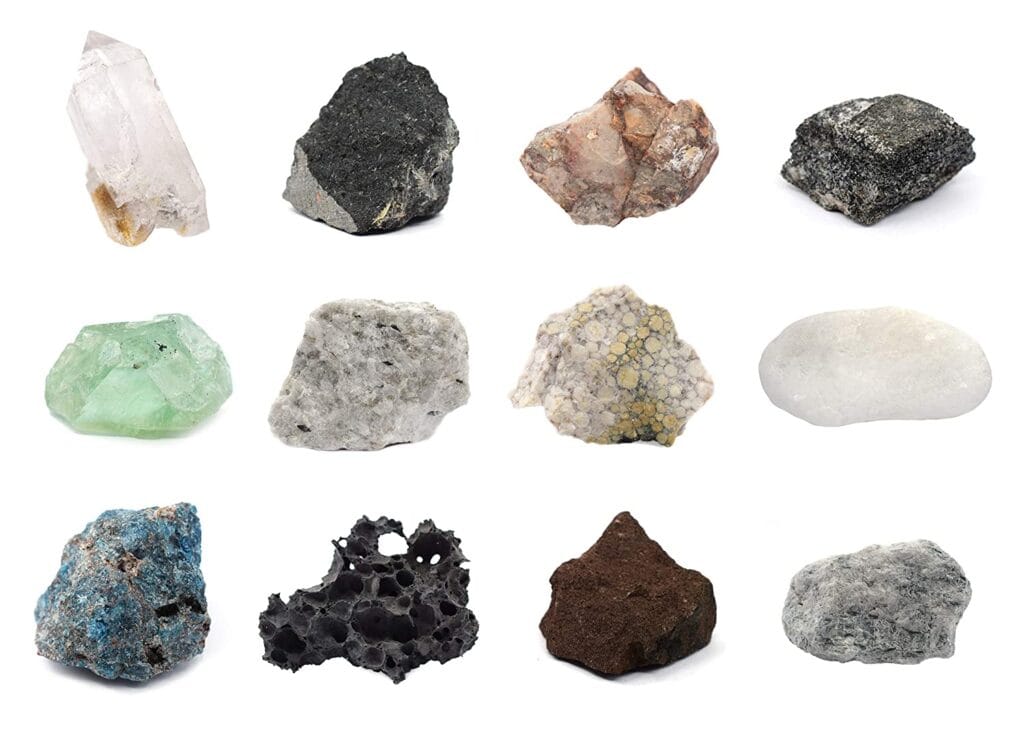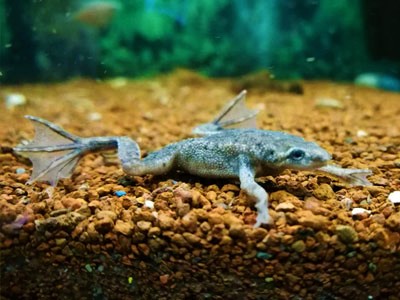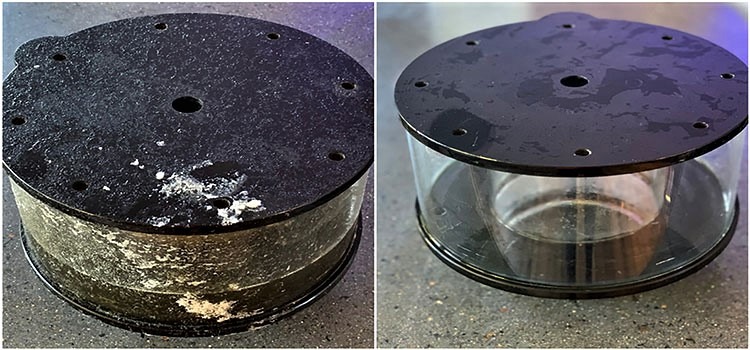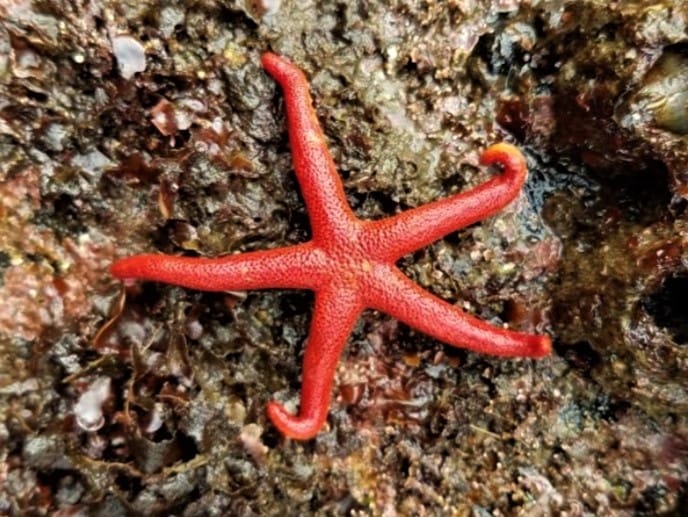Chalice Coral is an extremely desirable and popular specimen for setting up a coral tank. If you need a colorful and bright reef tank, all you need is them at the bottom of your tank.
If you are new to the coral tanks or are not familiar with the care and placement of red chalice coral, this is exactly the right piece of information you need.
Interested people can add coral units to a reef tank. Chalice coral may be precisely what you need. Here you will find the information for chalice territory and how to build and thrive in your tank.
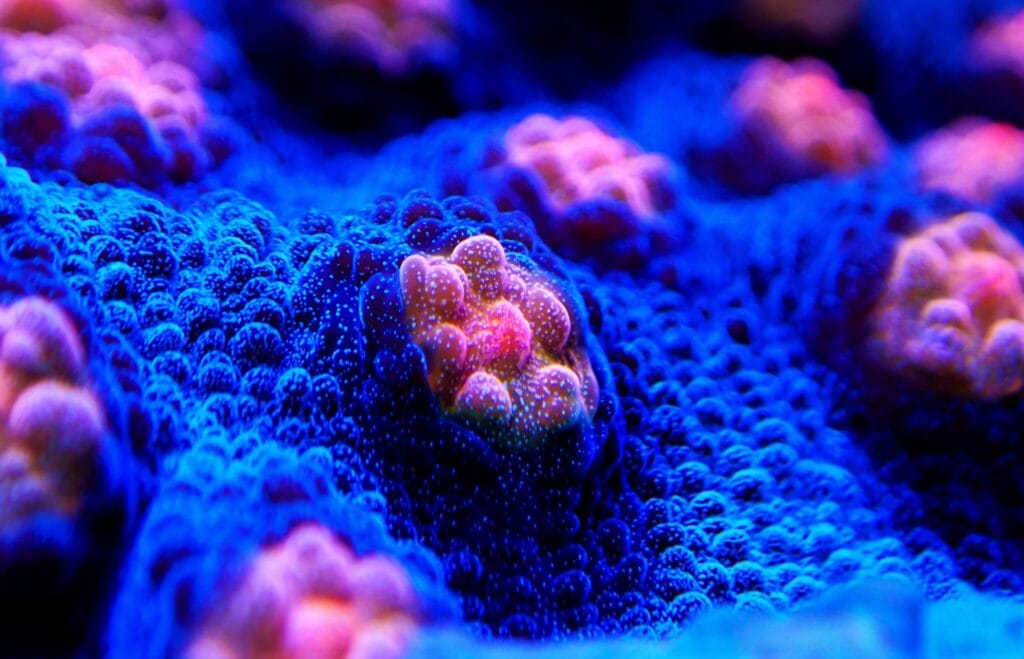
What are Chalice Coral?
Chalice Coral is a member of the Pectiniidae family and belongs to the group of cup coral species. There are six genera of the chalice that include Echinophyllia Coral, Echinopora, Oxypora Coral, Mycedium Chalice, Pectinia, Physophyllia, and Echinomorpha.
Chalice Corals are one of the most interesting for the hobbyist because of their stony skeleton, calcium carbonate composition, and usually large fleshy polyps. Chalice care is not very difficult, and indeed they are the easiest corals to care for in a reef tank.
You Will Also Love To Read: Dwarf Hairgrass Care Guide
Habitat:
In the wild, Chalice Corals are native in the Pacific, and they get distributed throughout the world for raising in the tanks. Usually, hobbyists assume them to be common species, but they are getting reduced in number. In Fiji and Indonesia, there is a complete ban on the exports and imports of Chalice Coral. For this reason, Australia is the leading exporting country responsible for its distribution.
Pricing:
Although Chalice Coral is thought to be an easy to rise and readily available coral, their price range varies due to their size. Their price ranges between $50 to $500 and can change more or less. Due to this, they get attention from both beginners and senior tank hobbyists.
Read Also: Basic Tips For Growing Aquarium Plants
Chalice Coral Identification
Chalice Coral ID is easy, but sometimes it becomes difficult to verify their authenticity. This happens due to the different specimens and genera. In general, they are bright and look at fluorescent colors. Their price tag varies according to their shape, design, color, and size.
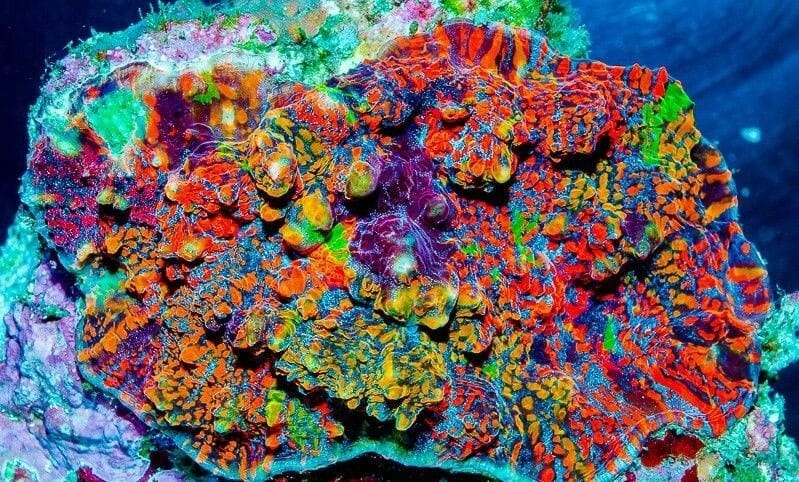
How to Care for Chalice Coral?
When we observe the Chalice Coral care pattern, they are among the easiest corals to grow and need low maintenance with a proper care routine.
Although they need proper lighting, water flow, water parameters, and proper feed, so read out their requirements before buying them.
Lighting:
In a typical routine, Chalice Corals require light conditions that are low to moderate in intensity. They need light up to 100 PAR and range between 50 to 100 PAR. They are found naturally in the habitat below 40 to 80 feet in the water. It would be best if you mimicked the lighting in which they live in the sea.
Chalice Coral features a very bright and vibrant-colored body. When they are in good condition, you can place them in different lighting conditions or follow the pattern of the seller’s tank. An actinic blue light can improve their vibrant body color.
You need to follow, as mentioned earlier, the lighting guide, but you can vary the light according to your own experience. Because they are adaptable to the lighting, you can place them in their favorite lighting conditions and gradually change the light to your preference.
They are also readily adaptable to many lighting conditions, but it’s best to introduce them slowly to the conditions you would prefer for them to thrive.
Water Flow:
A moderate water flow is an optimum condition for the Chalice Coral in the tank. The flow of water should not be light to put debris over the coral. Also, it should not be as fast to put the coral out of its placement.
Some of their species form a bowl shape that collects the debris over them in low water flow conditions. You can check the optimum water flow by putting a tissue inside the tank, and if it does not move around, it is perfect for chalice placement.
Water Parameters:
The water conditions are necessary to monitor for keeping your Chalice coral health in pristine and well-stable conditions. These corals follow the same parameters that we see in the standard coral reef system. They survive in different water parameters besides low nutrition systems.
You need to keep a check on the levels of different elements in the water. For example, you don’t want your magnesium levels at lower levels. Chalice requires magnesium levels to be as high as 1400 ppm; otherwise, corals get tissue loss.
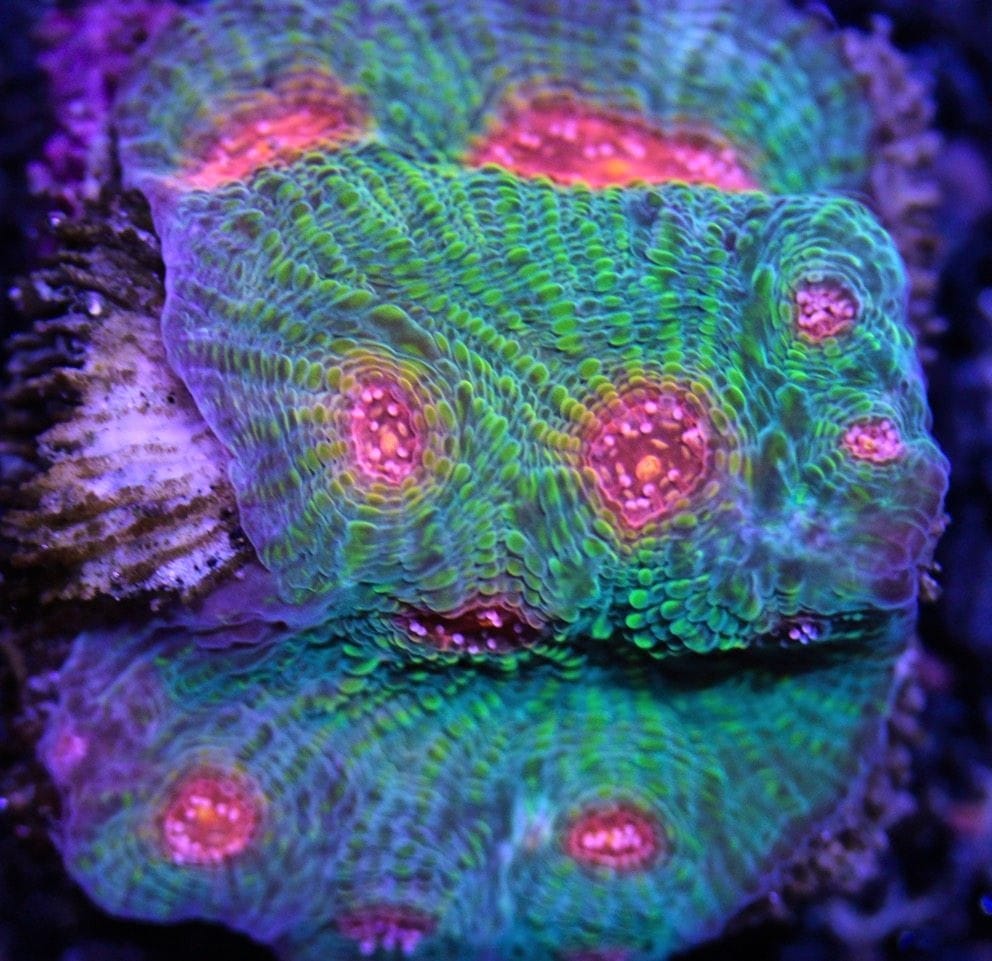
How To Feed Chalice Coral?
Chalice Coral feeding is not difficult to feed, and they like to eat at night because of their eating patterns. This eating habit gives them the advantage that their food has fewer chances of getting stolen by other tank companions.
They like to consume different materials, from frozen food to fresh food and pallets. Identifying their feeding choices is like a trial and error, and you need to try different foods and be patient about their habits.
For maximum food consumption, you need to make sure that they get their food near their mouth and consume it within 5-8 minutes. They are capable of making their food from photosynthesis, so a balanced combination of food is recommended.
Read Also: Chili Rasbora Care Guide | Feeding, Breeding, Tank size & Diseases
Chalice Coral Aggression
The coral chalice is very aggressive when it is close to the other chalice corals. They have sweeping tentacles to use in the aggression on other neighboring coral and do them severe damage.
For a peaceful chalice coral tank, placement is the key. Place them away from each other at a safe distance.
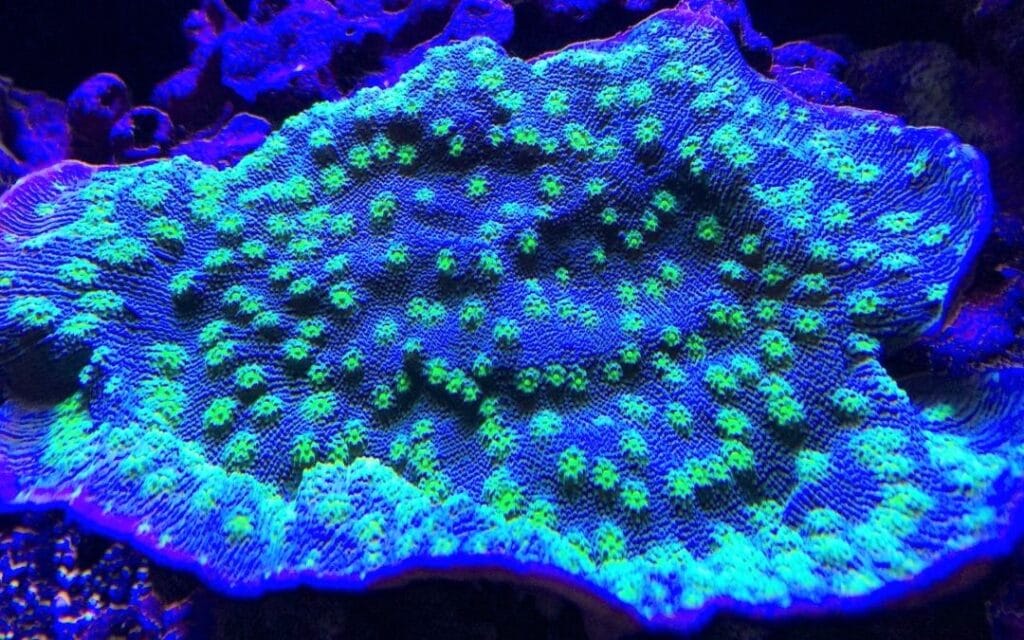
Propagation and Placement
Chalice Coral has a better propagation tendency than others, but sometimes they get difficult to propagate due to a few reasons.
The first thing that most hobbyists do wrong is using the same cutting tool on several. Chalice coral growth rate gets affected by this method, and they get in aggressive mode. Clean the tool after cutting each coral and then use it on other corals to avoid their aggressive behavior.
The second main problem in propagation is challenging chalice placement after cutting the perfect pieces. They are difficult to glue down on the substrate when in smaller pieces. So its becomes a frustrating situation to glue them again after dislodging from glue failure.
So you are thinking now that, what is the best method for Chalice Coral placement in the tank for propagation? The answer is straightforward: you need to stick down them and use an adequate gel superglue quantity followed by a spray of an instant set element.
More For You: A Complete Guide to Raise Roseline Shark (Denison Barb) in the Tank
Chalice coral is beautiful and easy to rise in the reef or fish aquarium. They represent vibrant corals that have several genera. They have both cheaper and expensive specimens to attract every category of hobbyist. Besides their appearance and pricing, they do not require particular habitat to raise. Chalice quickly adapts to the habitat having a well-balanced light, clean water, and desirable food. A little to moderate expertise need to keep them in the tank, so they are the perfect choice for any aquarium that contains corals.
Summary

